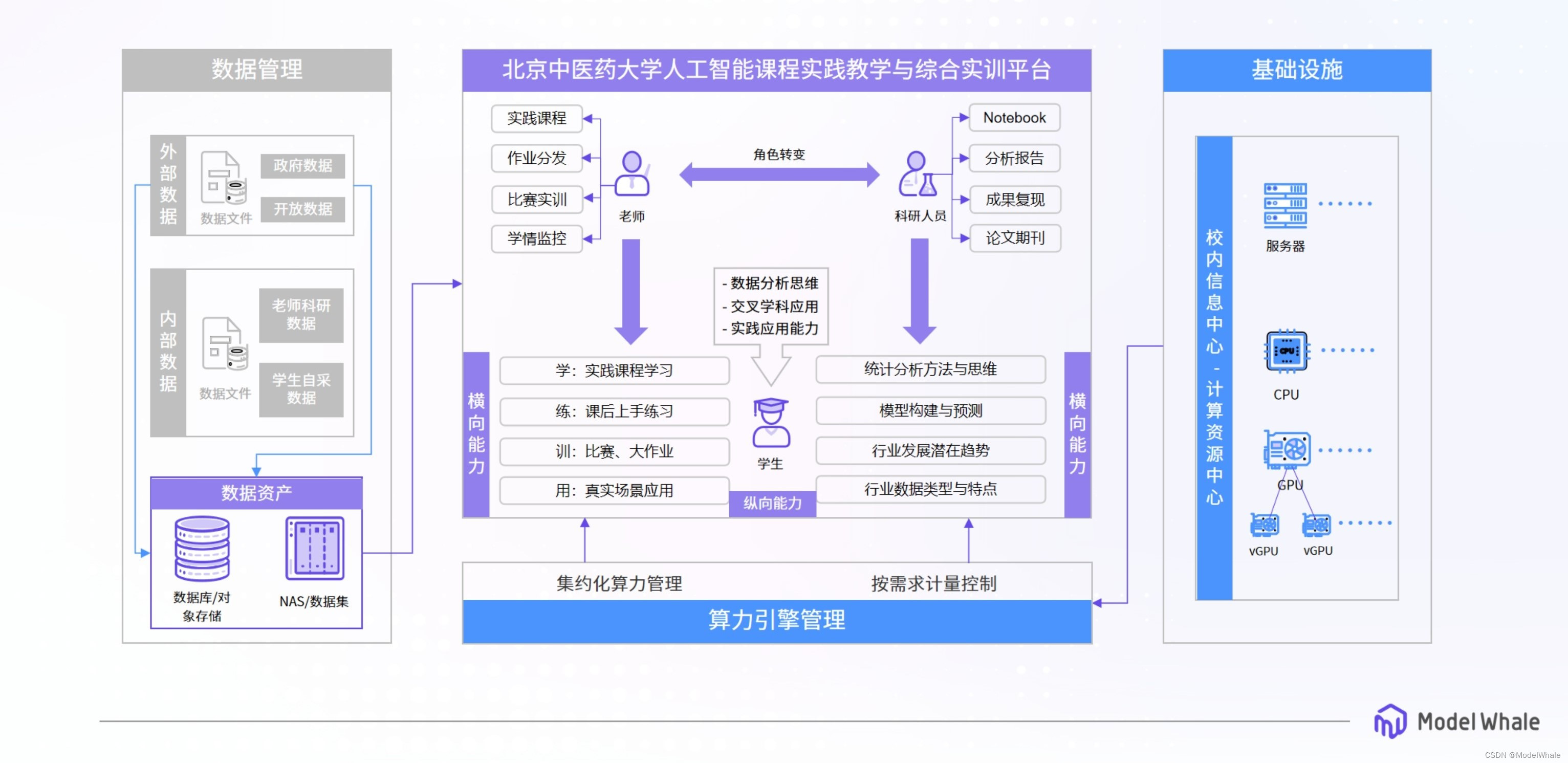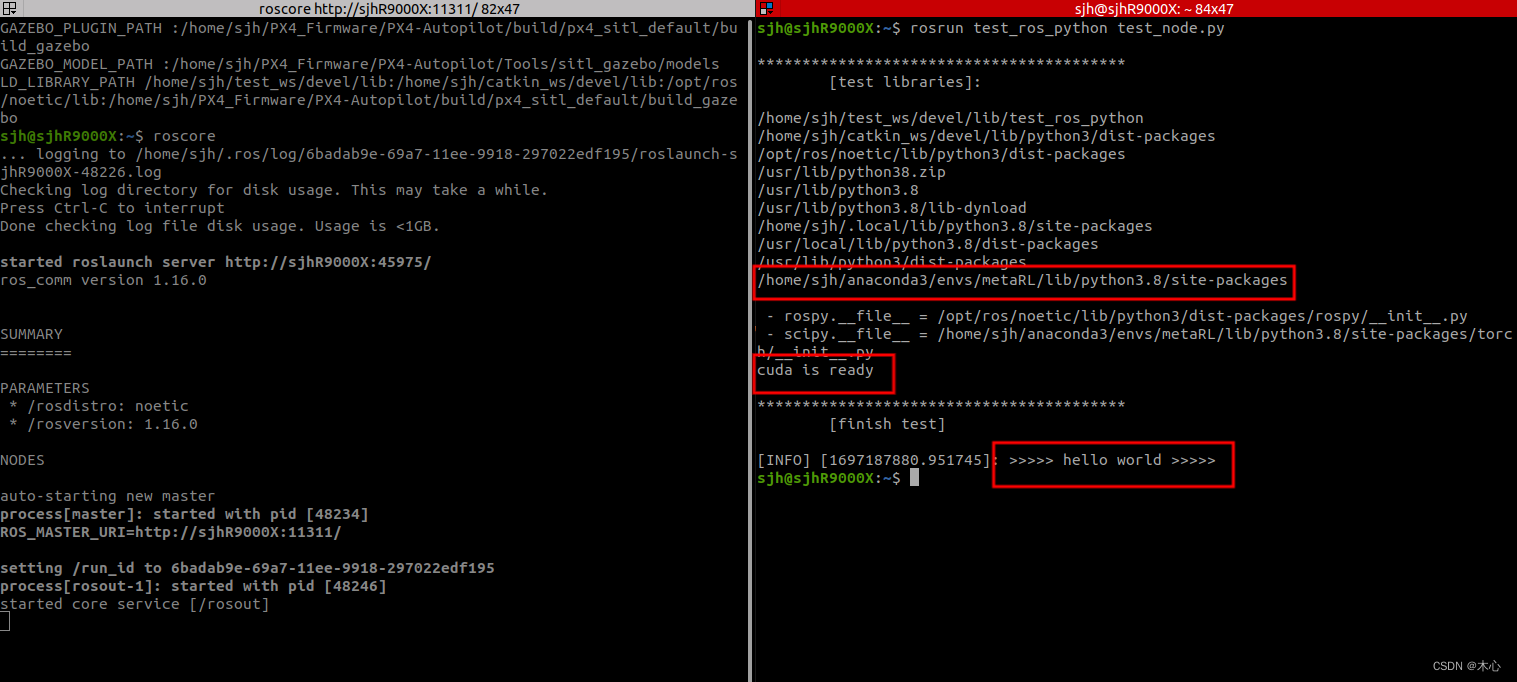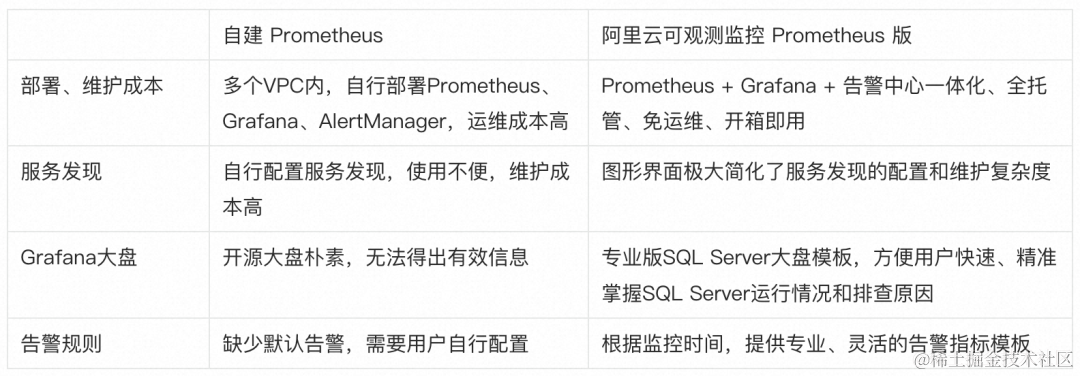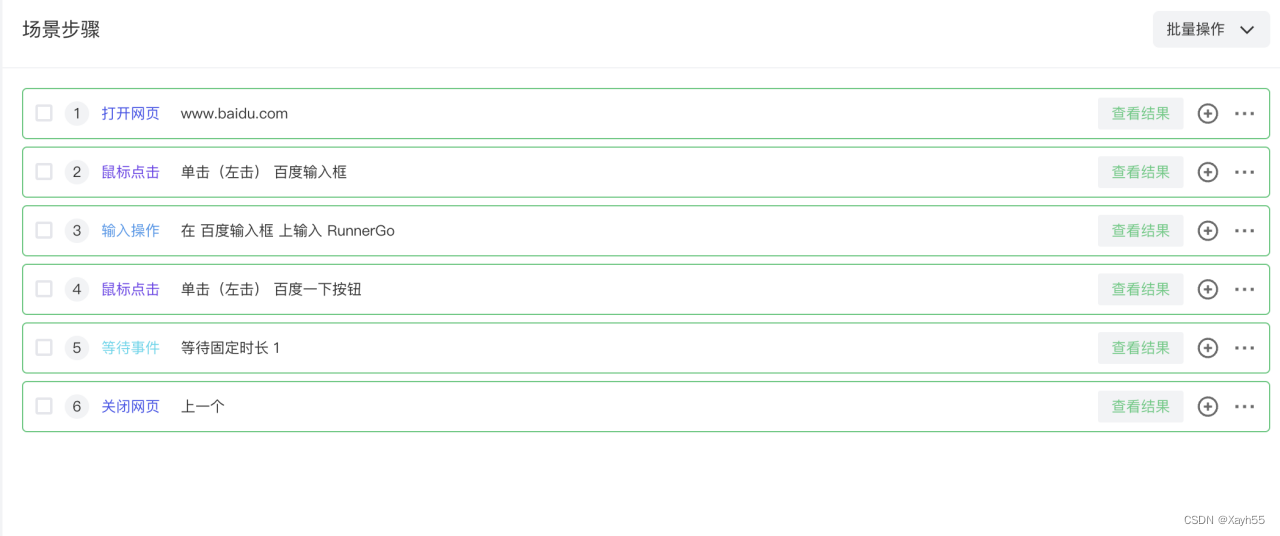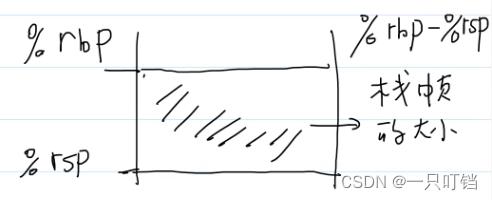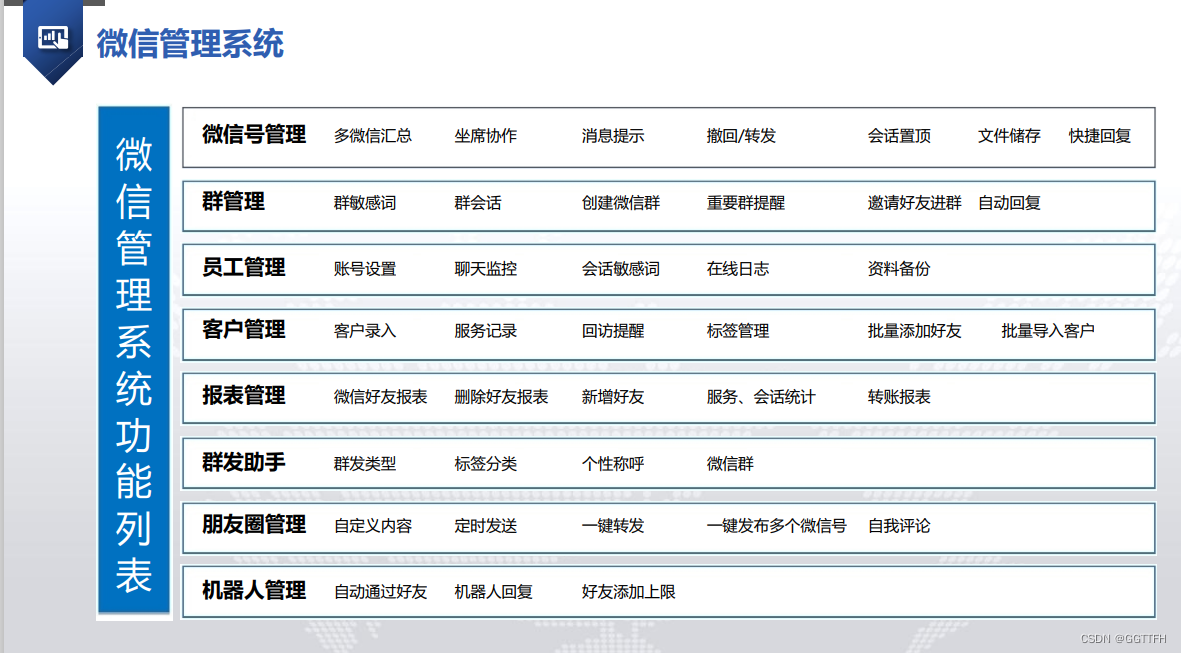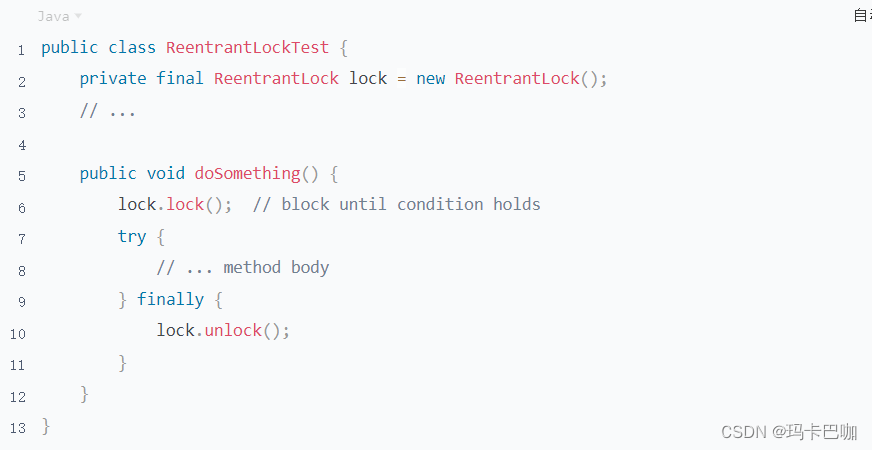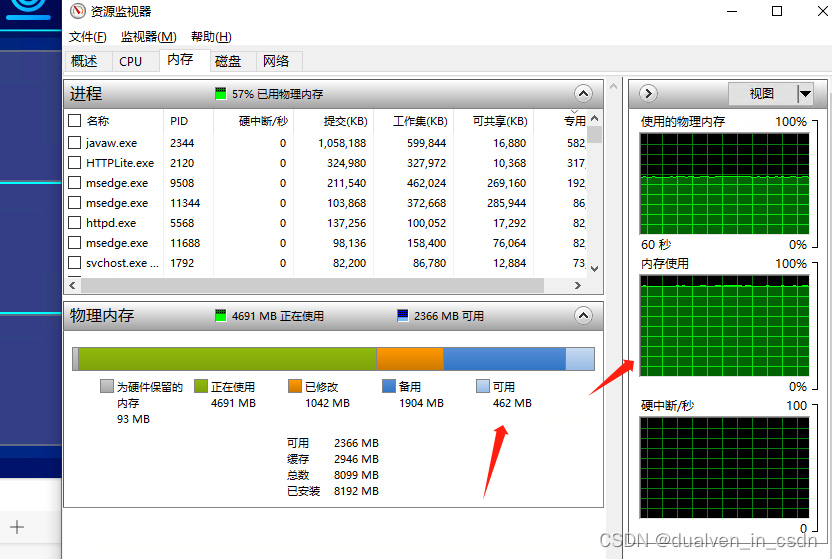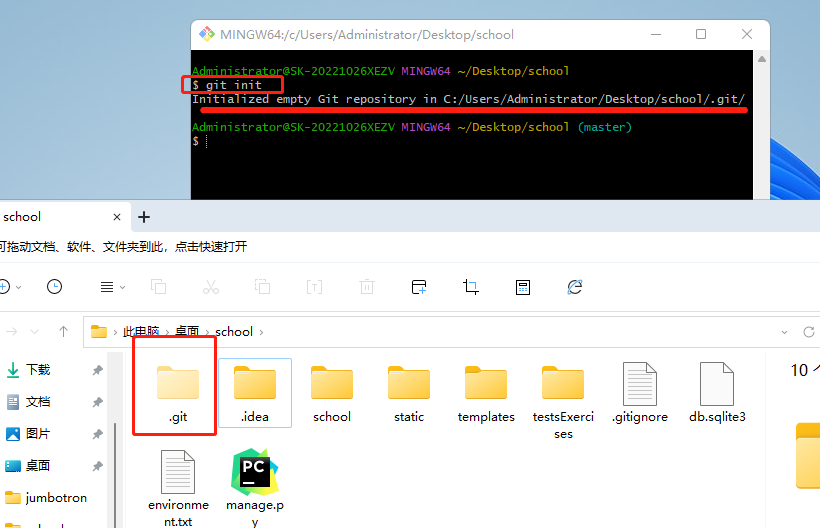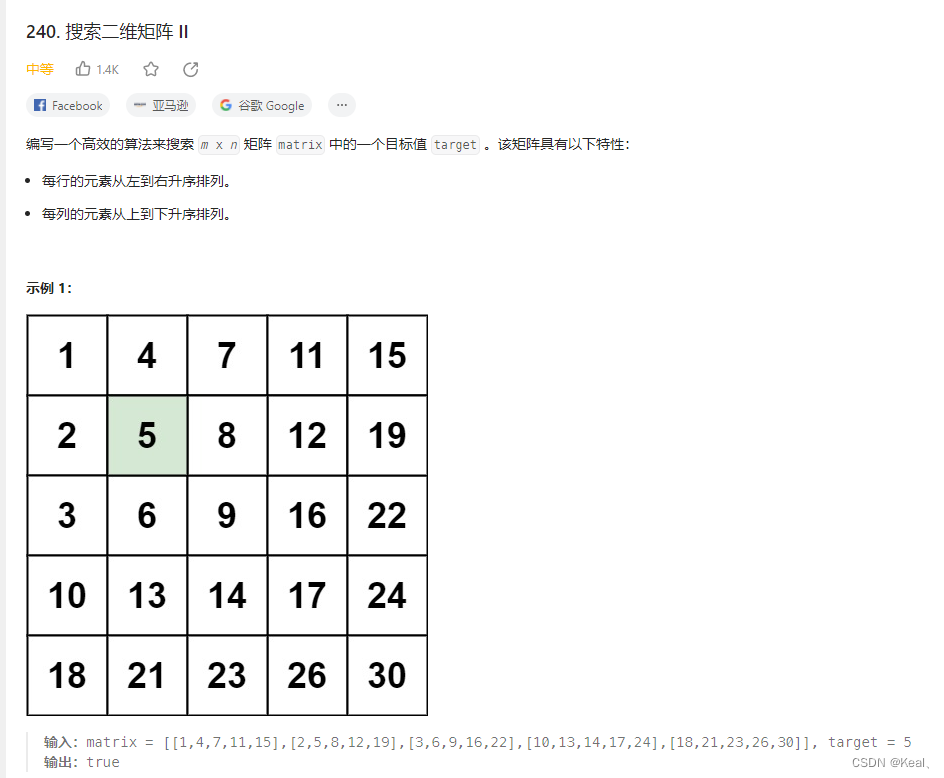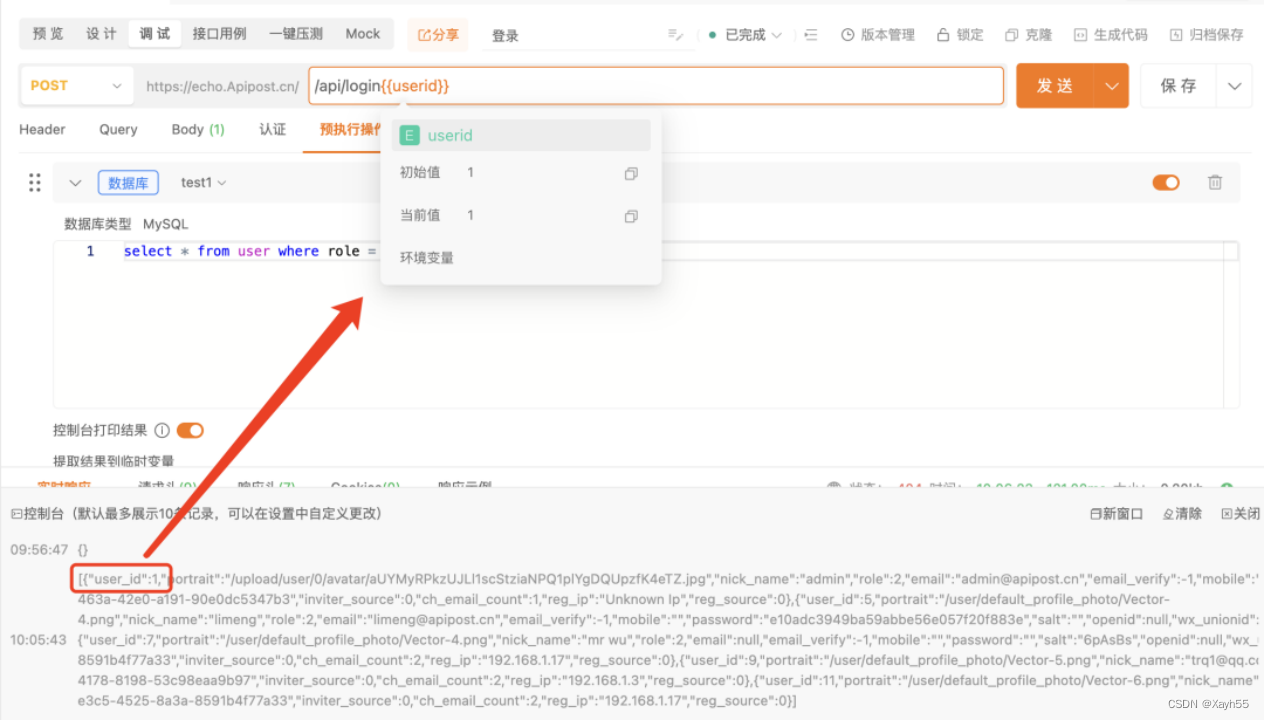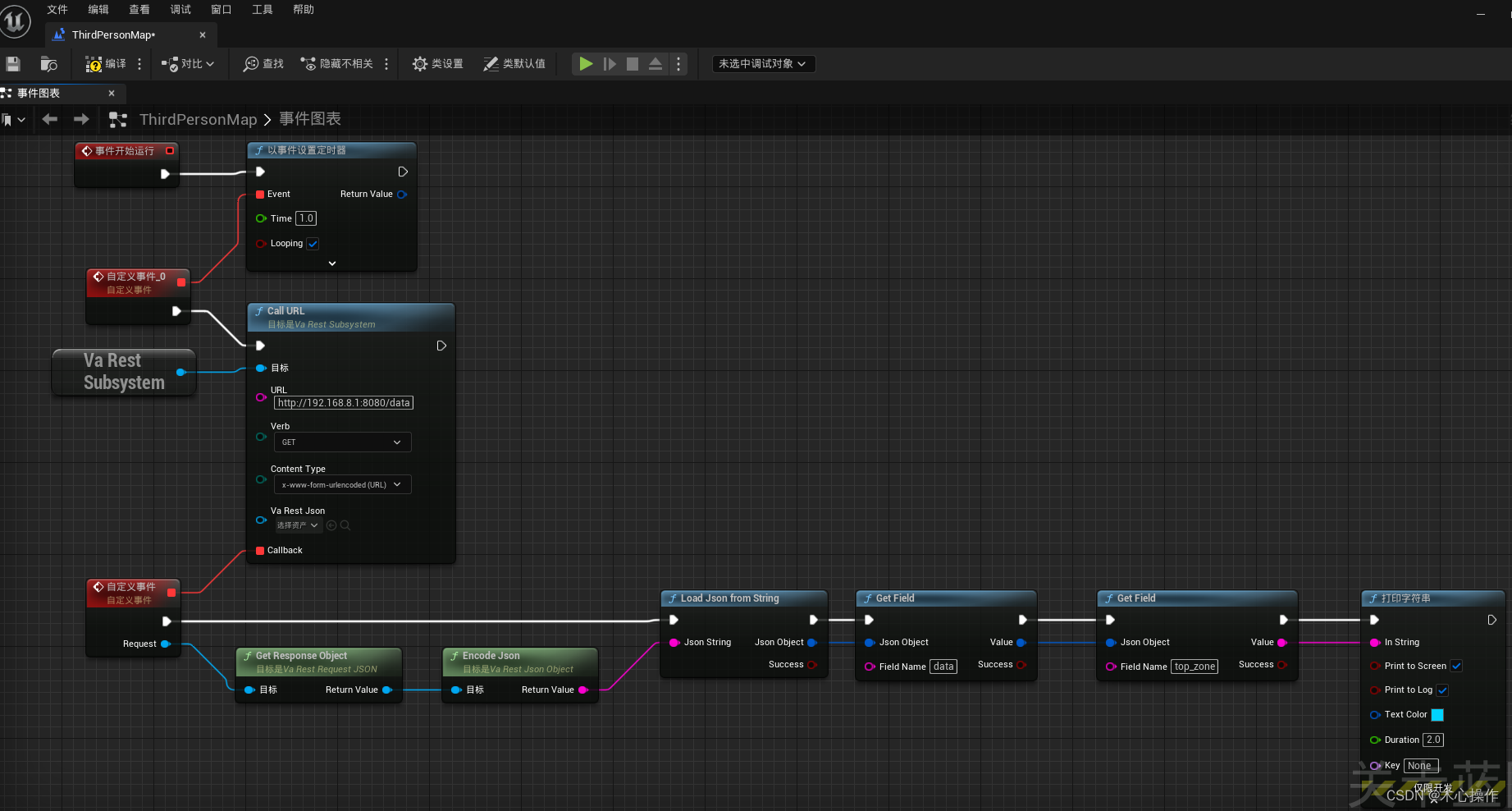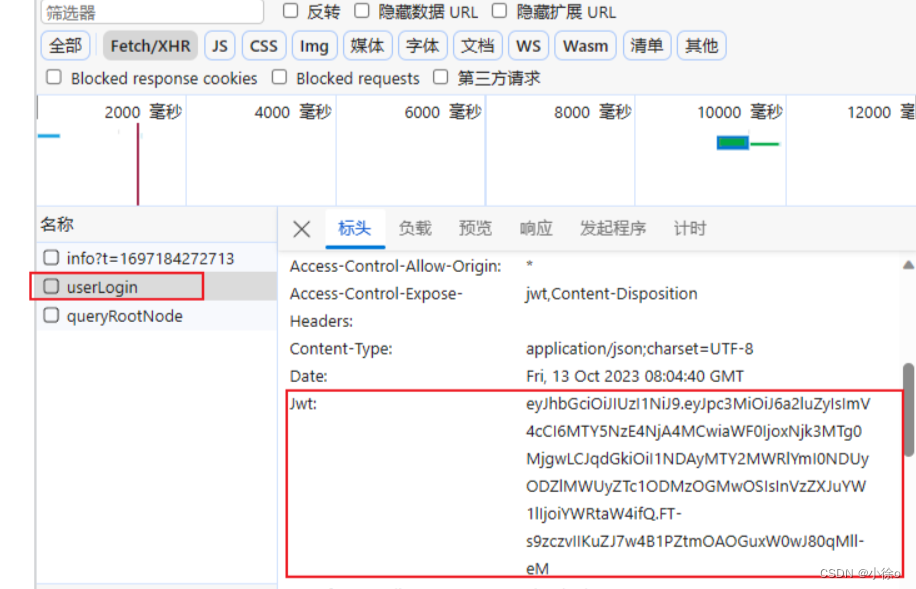文章目录
- 1. 十八罗汉
- 2. 原子类再分类
- 2.1 基本类型原子类
- 2.2 数组类型原子类
- 2.3 引用类型原子类
- 2.4 对象的属性修改原子类
- 2.5 原子操作增强类
- 3. 代码演示及性能比较:
- 4. LongAddr原理
- 5. LongAddr源码分析
- 5.1 add()
- 5.2 longAccumulate()
- 5.3 sum()
- 6. 小总结
- 6.1 AtomicLong
- 6.2 LongAdder
1. 十八罗汉
底层使用Unsafe类的CAS方法,而无需使用synchronized等重量锁使操作变得线程安全
- AtomicBoolean
- AtomicInteger
- AtomicIntegerArray
- AtomicIntegerFieldUpdater
- AtomicLong
- AtomicLongArray
- AtomicLongFieldUpdater
- AtomicMarkableReference
- AtomicReference
- AtomicReferenceArray
- AtomicReferenceFieldUpdater
- AtomicStampedReference
- DoubleAccumulator
- DoubleAdder
- LongAccumulator
- LongAdder
- Striped64,LongAdder是Striped64的子类
- Number,Striped64,AtomicInteger等是Number的子类
2. 原子类再分类
2.1 基本类型原子类
- AtomicBoolean
- AtomicInteger
- AtomicLong
基本使用
public class Temp {
static int num = 0;
static AtomicInteger atomicNum = new AtomicInteger();
public static void main(String[] args) throws InterruptedException {
int size = 50;
CountDownLatch count = new CountDownLatch(size);
for (int i = 0; i < size; i++) {
new Thread(() -> {
try {
for (int j = 0; j < 1000; j++) {
num++;
atomicNum.getAndIncrement();
}
} finally {
count.countDown();
}
}).start();
}
count.await();
System.out.println(num);
System.out.println(atomicNum.get());
}
}
输出
39224
50000
2.2 数组类型原子类
如何理解?类比数组即可
- AtomicIntegerArray
- AtomicLongArray
- AtomicReferenceArray
2.3 引用类型原子类
- AtomicReference
- AtomicStampedReference
- 用版本号解决CAS的ABA问题,可以统计出修改过几次
- AtomicMarkableReference
- 用状态戳解决CAS的ABA问题,可以标记出是否修改过
2.4 对象的属性修改原子类
- AtomicIntegerFieldUpdater:原子更新对象中int类型字段的值
- AtomicLongFieldUpdater:原子更新对象中Long类型字段的值
- AtomicReferenceFieldUpdater:原子更新对象中引用类型字段的值
目的:以一种线程安全的方式操作非线程安全对象内的某些字段
要求:
- 更新的对象属性必须使用public volatile修饰
- 使用静态放法newUpdater()创建一个更新器,并且需要设置想要更新的类和属性
/**
* 需求:多线程环境下初始化资源类,要求只能初始化一次
*/
public class Temp {
public volatile Boolean isInit = Boolean.FALSE;
private static final AtomicReferenceFieldUpdater<Temp, Boolean> ATOMIC_REFERENCE_FIELD_UPDATER =
AtomicReferenceFieldUpdater.newUpdater(Temp.class, Boolean.class, "isInit");
public void init(Temp temp) {
if (ATOMIC_REFERENCE_FIELD_UPDATER.compareAndSet(temp, Boolean.FALSE, Boolean.TRUE)) {
System.out.println(Thread.currentThread().getName()+":init start");
try { TimeUnit.SECONDS.sleep(1); } catch (Exception e) {}
System.out.println(Thread.currentThread().getName()+":init finished");
} else {
System.out.println(Thread.currentThread().getName()+":已有线程正在初始化");
}
}
public static void main(String[] args) throws InterruptedException {
int size = 5;
CountDownLatch count = new CountDownLatch(size);
Temp temp = new Temp();
for (int i = 0; i < size; i++) {
new Thread(() -> {
try {
temp.init(temp);
} finally {
count.countDown();
}
}).start();
}
count.await();
}
}
2.5 原子操作增强类
- DoubleAccumulator:一个或多个变量共同维护使用的函数更新的运行double值
- DoubleAdder:一个或多个变量共同维持最初的零和double总和
- LongAccumulator:一个或多个变量共同维护使用的函数更新的运行long值
- LongAdder:一个或多个变量共同维持最初的零和long总和
volatile 解决多线程内存不可见问题。对于一写多读,是可以解决变量同步问题,但是如果多写,同样无法解决线程安全问题。
说明: 如果是 count++操作,使用如下类实现: AtomicInteger count = new AtomicInteger0;count.addAndGet(1);如果是JDK8,推荐使用 LongAdder 对象,比 AtomicLong 性能更好( 减少乐观锁的重试次数 );同时,使用LongAdder的空间代价更大,故越是高并发越推荐使用LongAdder 。
LongAdder只能用来计算加法,且从零开始计算;
LongAccumulator提供了自定义函数的操作且可以传入初始值。
3. 代码演示及性能比较:
/**
* 需求:点赞数统计,50个线程,每个点赞1千万次
*/
public class Temp {
long i = 0;
public synchronized void synchronizedIncrement() {
i++;
}
AtomicLong atomicLong = new AtomicLong();
public void atomicLongIncrement() {
atomicLong.getAndIncrement();
}
LongAdder longAdder = new LongAdder();
public void longAdderIncrement() {
longAdder.increment();
}
LongAccumulator longAccumulator = new LongAccumulator(Long::sum, 0);
public void longAccumulatorIncrement() {
longAdder.increment();
}
public static void main(String[] args) throws InterruptedException {
int threadNum = 50;
int times = 10000000;
process(threadNum, times, 1);
process(threadNum, times, 2);
process(threadNum, times, 3);
process(threadNum, times, 4);
}
public static void process(int threadNum, int times, int type) throws InterruptedException {
long startTime = System.currentTimeMillis();
CountDownLatch countDownLatch = new CountDownLatch(threadNum);
Temp temp = new Temp();
for (int i = 0; i < threadNum; i++) {
new Thread(() -> {
try {
for (int j = 0; j < times; j++) {
switch (type) {
case 1: temp.synchronizedIncrement();break;
case 2: temp.atomicLongIncrement();break;
case 3: temp.longAdderIncrement();break;
case 4: temp.longAccumulatorIncrement();break;
default: throw new RuntimeException("不存在的类型");
}
}
} finally {
countDownLatch.countDown();
}
}).start();
}
countDownLatch.await();
long endTime = System.currentTimeMillis();
System.out.println("costTime:" + (endTime - startTime) + " 毫秒," + typeStr(type));
}
public static String typeStr(int type) {
switch (type) {
case 1: return "synchronizedIncrement";
case 2: return "atomicLongIncrement";
case 3: return "longAdderIncrement";
case 4: return "longAccumulatorIncrement";
default: throw new RuntimeException("不存在的类型");
}
}
}
执行结果:
costTime:22854 毫秒,synchronizedIncrement
costTime:4888 毫秒,atomicLongIncrement
costTime:215 毫秒,longAdderIncrement
costTime:214 毫秒,longAccumulatorIncrement
4. LongAddr原理
LongAddr继承了Striped64,LongAdder的基本思路就是分散热点,将value值分散到一个Cell数组中,不同线程会命中到数组的不同槽中,各个线程只对自己槽中的那个值进行CAS操作,这样热点就被分散了,冲突的概率就小很多。如果要获取真正的long值,只要将各个槽中的变量值累加返回
sum()会将所有Cell数组中的value和base累加作为返回值,核心的思想就是将之前AtomicLong一个value的更新压力分散到多个value中去,
从而降级更新热点。
Striped64比较重要的成员变量
/** Number of CPUS, to place bound on table size
* CPU数量,即cells数组的最大长度
*/
static final int NCPU = Runtime.getRuntime().availableProcessors();
/**
* Table of cells. When non-null, size is a power of 2.
* cells数组,长度为2的幂,2,4,8,16...,方便以后位运算
*/
transient volatile Cell[] cells;
/**
* Base value, used mainly when there is no contention, but also as
* a fallback during table initialization races. Updated via CAS.
* 基础value值,当并发较低时,只累加该值,主要用于没有竞争的情况,通过CAS更新
*/
transient volatile long base;
/**
* Spinlock (locked via CAS) used when resizing and/or creating Cells.
* 创建或扩容Cells数组时使用的自旋锁变量调整单元格大小(扩容),创建单元格时使用的锁
*/
transient volatile int cellsBusy;

5. LongAddr源码分析
小总结:LongAdder在无竞争的情况,跟AtomicLong一样,对同一个base进行操作,当出现竞争关系时则是采用化整为零分散热点的做法,用空间换时间用一个数组cells,将一个value拆分进这个数组cells。多个线程需要同时对value进行换作时候,可以对线程id进行hash得到hash值,再根据hash值映射到这个数组cells的某个下标,再对该下标所对应的值进行自增操作。当所有线程换作完毕,将数组cells的所有值和base都加起来作为最终结果
5.1 add()
public void add(long x) {
// as是Striped64中的cells数组属性
// b是Striped64中的base属性
// v是当前线程hash到Cell中存储的值
// m是cells的长度-1,hash时作为掩码使用
// a是当前线程hash到的Cell
Cell[] as; long b, v; int m; Cell a;
// 首次首线程(as = cells) != null一定是false,此时走casBase方法,以CAS的方式更新base值,且只有当cas失败时,才会走到if中
// 条件1: cells不为空
// 条件2: cas操作base失败,说明其他线程先一步修改了base,出现竞争
if ((as = cells) != null || !casBase(b = base, b + x)) {
// true无竞争,false表示竞争激烈,多个线程hash到同一个cell,可能要扩容
boolean uncontended = true;
// 条件1:cells为空
// 条件2:应该不会出现
// 条件3:当前线程所在cell为空,说明当前线程还没有更新过cell,应初始化一个cell
// 条件4:更新当前线程所在cell失败,说明竞争很激烈,多个线程hash到了同一个cell,应扩容
if (as == null || (m = as.length - 1) < 0 ||
// getProbe()方法返回的是线程中的threadLocalRandomProbe字段
// 它是通过随机数生成的一个值,对于一个确定的线程这个值是固定的(除非刻意修改它)
(a = as[getProbe() & m]) == null ||
!(uncontended = a.cas(v = a.value, v + x)))
longAccumulate(x, null, uncontended);
}
}
5.2 longAccumulate()
/**
* Handles cases of updates involving initialization, resizing,
* creating new Cells, and/or contention. See above for
* explanation. This method suffers the usual non-modularity
* problems of optimistic retry code, relying on rechecked sets of
* reads.
*
* @param x the value
* @param fn the update function, or null for add (this convention
* avoids the need for an extra field or function in LongAdder).
* @param wasUncontended false if CAS failed before call
* x: 需要增加的值,一般默认都是1
* fn: 默认传递的是null
* wasUncontended: 竞争标识,如果是false标识有竞争。只有cells初始化之后,并且当前线程CAS修改失败才会是false
*/
final void longAccumulate(long x, LongBinaryOperator fn,
boolean wasUncontended) {
// h:存储线程的probe值
int h;
// 如果getProbe()方法返回0,说明随机数未初始化
if ((h = getProbe()) == 0) { // 这个操作相当于给当前线程生成一个非0的hash值
// 使用ThreadLocalRandom为当前线程重新计算一个hash值,强制初始化
ThreadLocalRandom.current(); // force initialization
// 重新获取probe值,hash值被重置就好比一个全新的线程一样,所以设置了wasUncontended竞争状态为true
h = getProbe();
// 重新计算了当前线程的hash后认为此次不算是一次竞争,都未初始化,肯定还不存在竞争激烈,故设置wasUncontended竞争状态为true
wasUncontended = true;
}
// 如果hash取模映射得到的cell单元不是null,则为true,此值也可以看做是扩容意向
boolean collide = false; // True if last slot nonempty
for (;;) {// 自旋:按CASE 2,3,1看代码
Cell[] as; Cell a; int n; long v;
// CASE 1:cells已经被初始化了
if ((as = cells) != null && (n = as.length) > 0) {
// CASE 1.1 :当前线程hash到的cell还未初始化,则需要进行初始化处理,初始化的值为x即默认的1
if ((a = as[(n - 1) & h]) == null) {
if (cellsBusy == 0) { // Try to attach new Cell
Cell r = new Cell(x); // Optimistically create
// 双端检查并尝试抢锁
if (cellsBusy == 0 && casCellsBusy()) {
boolean created = false;
try { // Recheck under lock
Cell[] rs; int m, j;
if ((rs = cells) != null &&
(m = rs.length) > 0 &&
rs[j = (m - 1) & h] == null) {
rs[j] = r;
created = true;
}
} finally {
cellsBusy = 0;
}
if (created)
break;
continue; // Slot is now non-empty
}
}
collide = false;
}
// CASE 1.2:竞争激烈,允许重新计算hash值
else if (!wasUncontended) // CAS already known to fail
wasUncontended = true; // Continue after rehash
// CASE 1.3:当前线程hash到已初始化的槽位,使用cas进行更新,更新成功则跳出循环
else if (a.cas(v = a.value, ((fn == null) ? v + x :
fn.applyAsLong(v, x))))
break;
// CASE 1.4:如果cells的长度已经大于等于CPU核数,就不要再扩容了,继续hash;cells != as说明已有线程正在扩容
else if (n >= NCPU || cells != as)
collide = false; // At max size or stale
// CASE 1.5:将扩容意向置为true,如果再hash仍然不满足上诉条件便扩容
else if (!collide)
collide = true;
// CASE 1.6:尝试扩容,将老数组复制到新数组上
else if (cellsBusy == 0 && casCellsBusy()) {
try {
// 当前的cells数组和最先赋值的as是同一个,代表没有被其他线程扩容过
if (cells == as) { // Expand table unless stale
Cell[] rs = new Cell[n << 1];
for (int i = 0; i < n; ++i)
rs[i] = as[i];
cells = rs;
}
} finally {
cellsBusy = 0;
}
collide = false;
continue; // Retry with expanded table
}
// 允许重置当前线程的hash值
h = advanceProbe(h);
}
// CASE 2:cells没有加锁且没有初始化,则尝试对它进行加锁,并初始化cells数组;cellsBusy=0表示无锁状态,cellsBusy=1为持锁状态
else if (cellsBusy == 0 && cells == as && casCellsBusy()) {
//
boolean init = false;
try { // Initialize table
if (cells == as) {// 与条件中cells == as形成双重检查
Cell[] rs = new Cell[2];
rs[h & 1] = new Cell(x); // 按照当前线程hash到数组中的位置并创建其对应的Cell
cells = rs;
init = true;
}
} finally {
cellsBusy = 0;
}
if (init)
break;
}
// CASE 3:cells正在进行初始化,则尝试直接在基数base上进行累加操作;兜底操作,当新线程进来,而数组正在初始化时,则用base进行累加
else if (casBase(v = base, ((fn == null) ? v + x :
fn.applyAsLong(v, x))))
break; // Fall back on using base
}
}
5.3 sum()
/**
* Returns the current sum. The returned value is <em>NOT</em> an
* atomic snapshot; invocation in the absence of concurrent
* updates returns an accurate result, but concurrent updates that
* occur while the sum is being calculated might not be
* incorporated.
*
* @return the sum
*/
public long sum() {
Cell[] as = cells; Cell a;
long sum = base;
if (as != null) {
for (int i = 0; i < as.length; ++i) {
if ((a = as[i]) != null)
sum += a.value;
}
}
return sum;
}
sum执行时,并没有限制对base和cells的更新。所以LongAdder不是强一致性的,它是最终一致性的
6. 小总结
6.1 AtomicLong
原理:CAS+自旋
场景:低并发下的全局计算,AtomicLong能保证并发情况下计数的准确性,内部使用CAS来解决并发安全问题
缺陷:高并发后性能急剧下降,N个线程CAS操作修改线程的值,每次只有一个成功,其它N-1失败,失败的不停的自旋直到成功,这样大量失败自旋的情况,很浪费CPU资源
6.2 LongAdder
原理:CAS+Base+Cell数组分散,空间换时间并分散了热点数据
场景:高并发下的全局计算
缺陷:sum求和时还有计算线程修改结果的话,最后的结果不够准确

